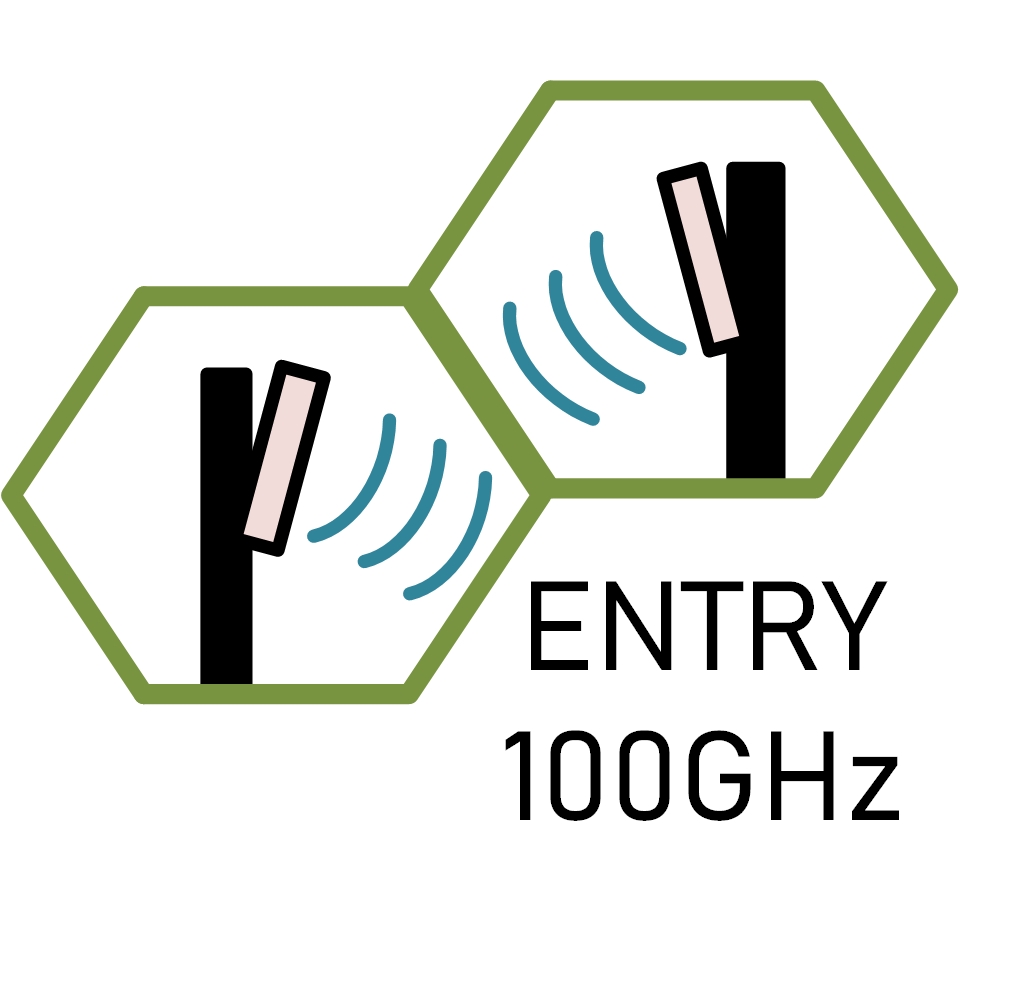Energy-Efficient Radio Systems at 100 GHz and



Abstract
Upcoming trends in various wireless applications and wireless systems will necessitate a major paradigm shift in terms of the data-rates, coverage during high mobility, low latency, and ubiquitous always-on broadband global network coverage. ICT and telecom sectors will go through another major evolution with the development of new visionary concepts in the higher millimetre-wave (mm-wave) frequency band to support various applications such as sensing and security, IoT, autonomous driving, e-health, cloud computing, and virtual reality.
For today’s typical 5G networks, the objective is to achieve up to a few Gigabits/sec data-rates at lower mm-wave spectrum (~30 GHz). Subsequent evolutions will utilize also sub-THz spectrum, i.e. radio frequencies above 100 GHz,to reach a data rate even up to 100 Gigabits/sec, and to support many other unprecedented features and functionalities. Even though the frequency spectrum is less crowded in the sub-THz frequency range, there are plenty of technological factors and mechanical challenges in designing RF hardware and modules around 100 GHz. These factors include cost pressure, higher level of integration, component sharing with current systems and increased system density, and high RF power generation with lower DC power consumption.
The aim of the current project is to develop a highly efficient integrated antenna module and RF front-end solution with adaptive waveform generation in spatial, temporal, and frequency domains for beyond 5G (B5G) wireless communication infrastructure at 100GHz band and support other application sectors such as security & sensing, imaging, industrial IOT, automation etc. The proposed solution will be able to adapt dynamically to different user scenarios such as ultra-high data-rate multi-user broadband communication, reliable high mobility connectivity, ultra-low latency machine communications etc. The eminent problem of high RF power generation around 100 GHz range will be addressed by well-organized integration and co-design of antenna, RF electronics and associated algorithms, by making trade-offs with respect to component material efficiency (GaN/GaAs vs. SiGe/CMOS) and optimal power combining from spatially distributed modules and antennas. In the meantime, a flexible solution is also envisioned which can be embedded as a part or as an extension to the current systems to make it cost efficient for commercial applications.
Based on the experience of the current 5G R&D efforts, future wireless systems will be an integration of complex antenna modules, low-loss filters, RF electronics, digital electronics and signal processing units. When possible, these units will also be shared with current communications and other future multi-functional systems for cost and high integration level. This requires a strong multi-disciplinary effort and strong academia-industry-collaboration. The current project will focus on generating break-through solutions to industry-oriented problems by engaging the RF practitioners (both in Academia and Industry). The complementary expertise of the project partners makes it possible to fill up the gaps of know-how of a single partner, and helps to achieve a common goal of a radically new technology suitable for large scale production and deployment within the future cellular network and ICT sector.



